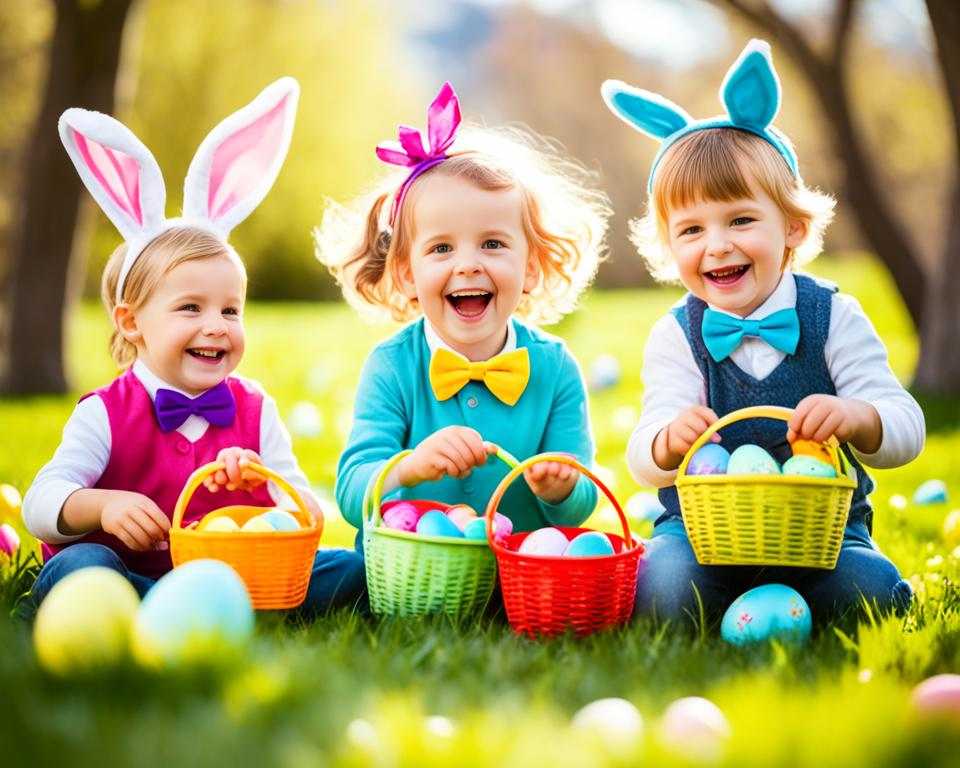Easter Egg Day lands on the Saturday before Easter Sunday each year. This lively springtime holiday centres around decorating and gifting colourful Easter eggs as symbols of rebirth and renewal to celebrate the Easter season. The origins and traditions connected to these special eggs reveal a deeper meaning.
Ancient Origins of Easter Eggs
Decorating eggs dates back thousands of years as part of spring rituals across cultures. Eggs represented fertility, new life emerging, and the circle of life in nature.
Pre-Christian Ceremonies and Myths
Ancient Zoroastrians, Egyptians, Romans, Persians, and Chinese all viewed eggs as springtime symbols and incorporated them into crop-planting festivals praying for growth and abundance. Legends of the Persian goddess Ishtar’s egg falling from heaven in Phoenician lands speak of eggs symbolizing creation.
Early Decorating Methods Emerge
Decorating empty eggshells with dyes, charms, talismans and etchings grew across traditions to enhance their meaning. Beautiful designs signified hopes for prosperity. Regional methods developed are still seen today.
This table highlights key details:
| Region | Egg Decorating Method |
|---|---|
| Ukraine | Intricate wax-resist batik dyed patterns |
| Germany | Impressive carved wooden Germanic designs |
| Poland | Meticulous wax-resist folk motifs |
| Russia | Brightly lacquered floral scenes |
| Egypt | Rich carved stone eggs as grave goods |
Spread of Christianity Adopts Egg Symbols
As Christianity slowly expanded into the Greco-Roman world and Europe, converts adapted beloved spring rites. Eggs perfectly aligned with messages of Christ’s resurrection and eternal life.

Evolution of Easter Egg Tradition
Over centuries, egg customs expanded with Easter celebrations until popular secular children’s games formed.
Eggs Gain Religious Meaning in Christianity
In Mesopotamia and Europe, Christians linked decorated eggs with Jesus’s resurrection and the empty tomb. Red eggs represented Christ’s blood sacrifice. Exchanging these eggs honoured renewal.
Orthodox and Eastern European Traditions Emerge
Distinct regional Easter egg crafts flourished like Russia’s ornate jewellery-encrusted Fabergé eggs, tall Slovakian wood batik pysanky, and Poland’s intricate hand-etched dyes. Egg blessings and egg-tapping games spread.
Secular Egg Hunts and Decorating Rise
By the 1800s, Easter eggs became more connected to folklore than church as children’s pastel-dyed eggs and egg-rolling contests grew popular across Western culture. Decorated eggs served secular celebration over solemn ritual.
This table outlines some traditions:
| Region | Egg Tradition | Description |
|---|---|---|
| Slovakian | Pysanky | Intricate wax-resist egg dyeing art |
| Russian | Jeweled Fabergé Eggs | Elaborate gem-encrusted precious metal status eggs |
| American | Easter Egg Roll | Game of rolling eggs down hills |
| German | Egg Tapping | Tapping egg end to end to see whose cracks first |
| British | Egg Hunts | Finding chocolate hidden eggs in yards |
Significance of Easter Egg Day
Beyond heritage, Easter Egg Day carries deeper cultural meaning and purposes.
Heralds Springtime Renewal
Eggs dyed in bright pastels and gifted in baskets signify the earth’s reawakening after winter just as colourful wildflowers, baby animals, and longer days appear. The Easter season encapsulates renewal.
Represents the Circle of Life
Painting, hiding, finding, and eating eggs highlights the ongoing cycle from creation to final rest in nature. Easter eggs mimic how all living things eventually disappear back into Earth before new life emerges again.
Encourages Creativity and Whimsy
Decorating eggs by dying, etching, or painting eggshell canvases inspires artistic creativity for makers of all ages—encouraging playful imagination and skill-building. Designing scenes brings joy and mindfulness.
Provides Family Bonding Time
Hunting for hidden eggs, preparing baskets, painting designs and colouring eggs offer a light-hearted shared activity for families to come together around. The gentle activities foster conversation.
Teaches Lessons to Children
Gifting eggs to kids teaches messages of growth, responsibility, moderation, sharing gifts, and finding blessings in small delights that lead to contentment. The eggs encapsulate many virtues.
Unique Regional Easter Egg Traditions
Various European nations still practice beautiful handcrafted egg designs using traditional regional methods to keep heritage thriving.
Poland’s Intricate Pisanki Eggs
Meticulous wax-resist pattern dyeing art on eggs dates back over 700 years in Poland by peasants. Geometric motifs symbolize protection and nature’s bounty. Intensifying colours evoke the Christian story through symbolic red, black and white.
Ukraine’s Symbolic Pysanky Eggs
Similar to Poland’s pisanki, Ukraine’s ornamental embossed pysanky eggs represent sun, rain and crop fertility. Using wax-resist dyes, intricate folk designs encapsulate rural culture’s mystical protection hopes passed through generations.
Germany’s Legendary Oschter Eier Eggs
Around 1500, German craftsmen revolutionized decorative techniques by meticulously lacquering then laser-etching eggshells with charming Bavarian scenes before applying colour. It remains a cherished Easter tradition. Their iridescent brilliance delights households yearly.
American Easter Egg Hunts and Decorating
Today in America, Easter egg activities focus more on candy, gifts, parades and dyeing eggs as secular family pastimes over religious ceremonies.
Baskets Loaded with Candy Treats
Easter baskets lined with plastic grass and filled with solid chocolate eggs wrapped in shiny foils plus chocolate bunnies, marshmallow chicks, and jellybeans satisfy sweet cravings and represent bounty.
Colourful Personalized Egg Dyeing
Using store-bought dye kits, American families personalize eggs displaying names, symbols, shapes or fun patterns to adorn Easter tables, trees and baskets with artistic mementoes. It’s crafty bonding relaxation.
Community Egg Hunts and Rolls
Towns host egg hunt games in parks with plastic pastel eggs filled with candy prizes. Egg roll contests across grassy hills build connections. Parades have floats decorated with flowers and giant eggs.
Conclusion
The enduring tradition of Easter eggs passed down for millennia reminds us spring’s revival renews beauty and possibilities. Easter eggs also encapsulate the cycle of life while inspiring human creativity. Whether precisely dyed like exquisite Ukrainian pysanky eggs or brightly coloured for American toddler’s egg hunts, the eggs and their ornamentation culturally tie together the human longing for rebirth. Ultimately, Easter eggs represent the optimistic spirit of Easter.